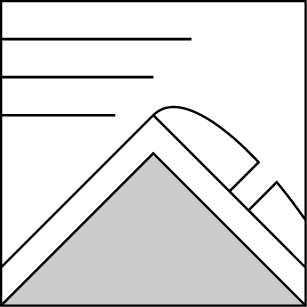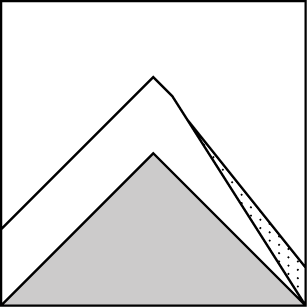Basic Information
Observation Details
Observation Date:
March 10, 2023Submitted:
March 10, 2023Observer:
NWAC Observer - Drew LovellZone or Region:
East NorthLocation:
Harts Pass Area (All aspects, 5000'-7300')Signs of Unstable Snow
Recent Avalanches?
YesCracking?
IsolatedCollapsing?
None ExperiencedMedia/Attachments



Advanced Information
Weather Summary
Cloud Cover:
OvercastTemperature:
14°FWind:
Moderate , SENew/Recent Snowfall:
20cm storm snow since Mar.7Moderate SE winds at ridge crests on Mar.9 found ample low-density snow available for transport.
Cracking within recent wind-deposited snow along ridge crests on Mar.9 prompted us to avoid steep, alpine starting zones. We suspect that we may have been able to trigger sz.1-1.5 Wind Slabs, which are likely becoming stubborn as of Mar.10.
Small (sz.1) Dry Loose avalanches were widespread and touchy, and warranted some attention by skiers in steep terrain.
Snowpack Observations
Snow depths throughout the zone range from about 220-330cm.
Recent storm snow accumulations since late Feb. total ~120-130cm locally. This contributes to a right-side up upper snowpack that trends from low-density (F-hardness) to 1F+ hard snow with a good bond over the Feb.12MFcr, down 90-120cm. A thin layer of rounding facets exists below the crust, but does not seem to present a stabiity concern at this time.
Older Wind Slabs (down 50-70cm) may produce Hard, Resistant results in small column tests but are now unreactive to skiers.
A mixed bag of low-density stellars and surface hoar was buried in the zone on Mar.7, by 10-20cm low density storm snow. This seemed to contribute to the fast and pushy nature of skier-triggered Dry Loose sluffs. We suspect that some recently developed Wind Slabs from mod. SE winds on Mar.9 may overlie these previous weak surfaces.
Weak sun crusts were similarly buried on Mar.7 on solar slopes.
Avalanche Problems
| Problem | Location | Distribution | Sensitivity | Size | Comments |
|---|---|---|---|---|---|
 Wind Slab
Wind Slab
|
|
Layer Depth/Date: Mar.9 20-30cm Comments: Cracking observed at ridge crests during wind event on Mar.9 |
|||
 Dry Loose
Dry Loose
|
|
Layer Depth/Date: 10-20cm Comments: Weak sun crusts buried Mar.7 may limit Dry Loose activity on solar slopes |
